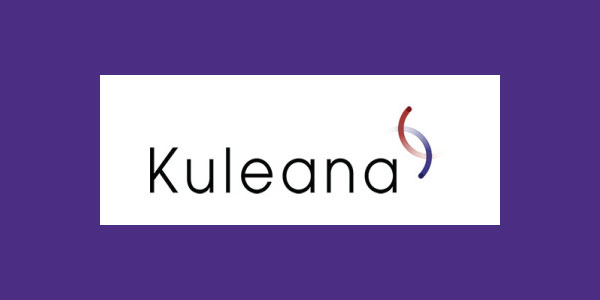The $1.6 million grant will support a new method of recycling dialysate that is 500 times more efficient than current approaches.
Professor Buddy Ratner and his colleagues at the medtech startup Kuleana, a spin-out from UW Bioengineering, earned a Small Business Innovation Research (SBIR) award to make kidney dialysis less expensive, more efficient, and more portable for patients. The two-year $1.6 million grant is supported by the National Institutes of Health.
“Many dialysis patients spend three days a week at a clinic, enduring needle-sticks and hours of treatment,” explained Ratner, who is the Darland Endowed Chair in Technology Commercialization in the University of Washington’s Departments of Bioengineering and Chemical Engineering. Ratner is also Chief Technology Officer at Kuleana.
It’s life-saving. But it’s also a terrible experience that negatively impacts people’s well-being throughout their treatment. We can do better. – Professor Buddy Ratner
About 4 million worldwide and 550,000 people in the United States receive dialysis, according to a 2022 study in Nature Reviews Nephrology. Meanwhile, the NIH reports that Medicare expenditures on end-stage renal disease top $43 billion per year.
With the SBIR award, Kuleana will improve the photo-oxidation system for recycling dialysate that is at the heart of their company. Dialysate is used to remove waste and toxins like urea from patients’ blood. Recycling the fluid rather than flushing it down the drain would allow slower, more frequent treatments that could often be completed at home. Since healthy kidneys work constantly to remove toxins, longer dialysis treatments better emulate the normal kidney and lead to improved outcomes for patients.
Using nanowires made of a crystalline titanium dioxide catalyst, Kuleana’s compact, portable dialysis system can remove 500 times more urea than traditional approaches to dialysis. The urea is converted to the harmless gases, carbon dioxide and nitrogen.
The team is currently developing a new gas-phase plasma method of synthesizing the catalyst, which will be cheaper, safer and more efficient than today’s standard approach. The catalysis development is part of thesis research by Amin Mosallanejad, a PhD candidate in Ratner’s lab.
This novel way of producing our catalyst will really break things open, – Buddy Ratner
“We will be able to save the 50 gallons of purified water that is typically used in a single treatment and untether treatment from the wall and plumbing. It will change dialysis entirely and tremendously improve people’s lives.”



